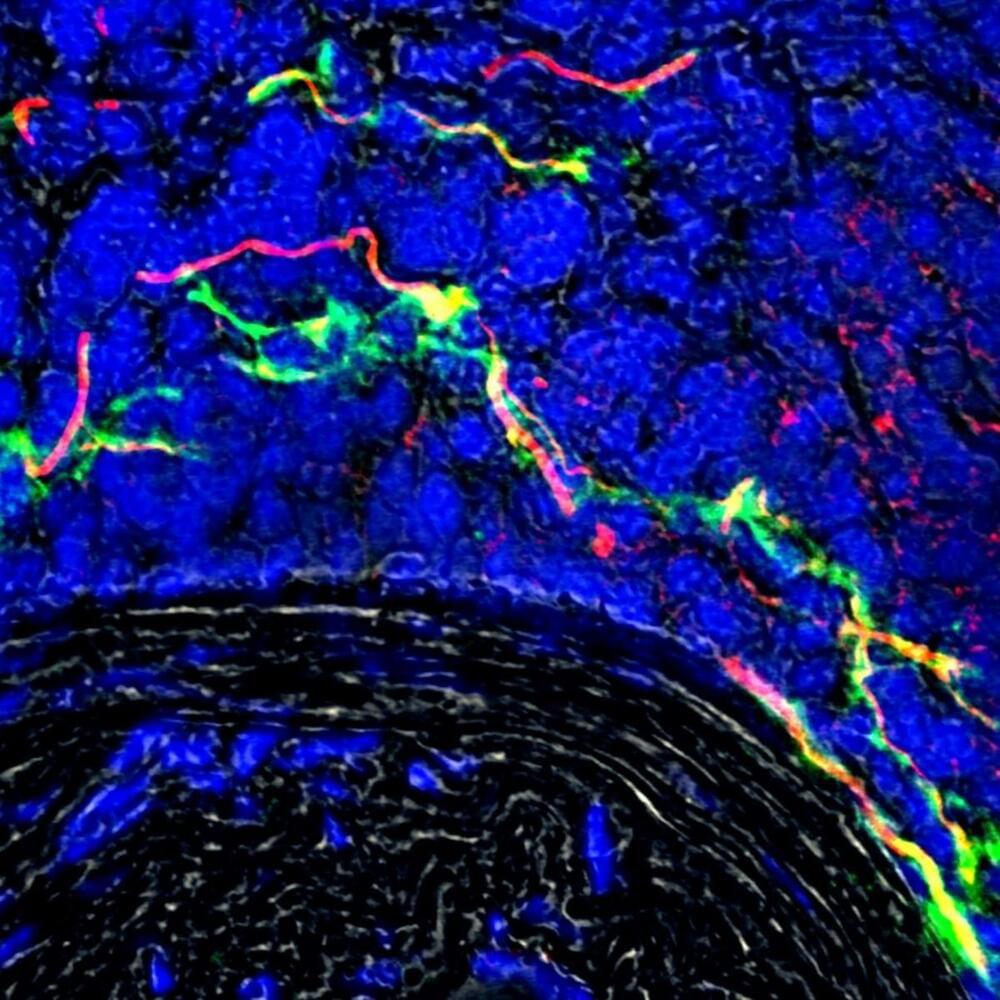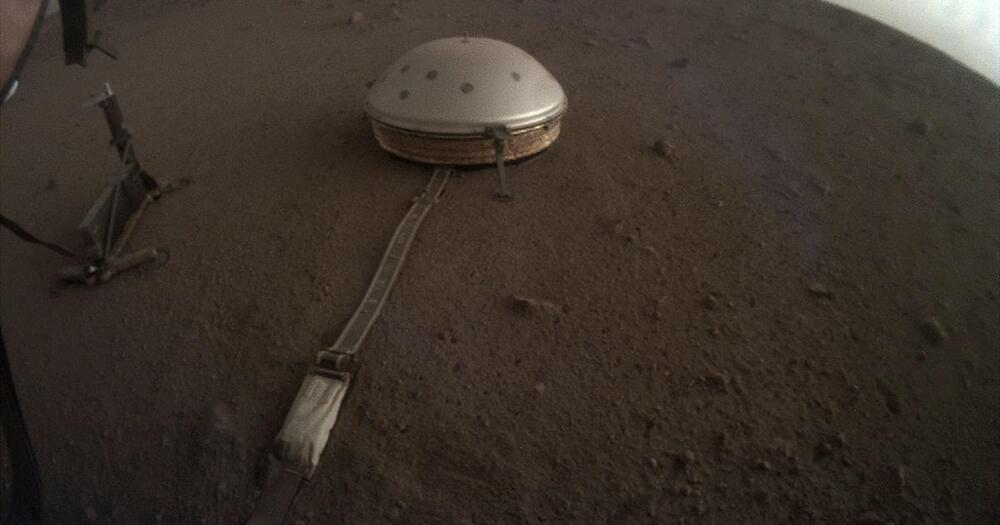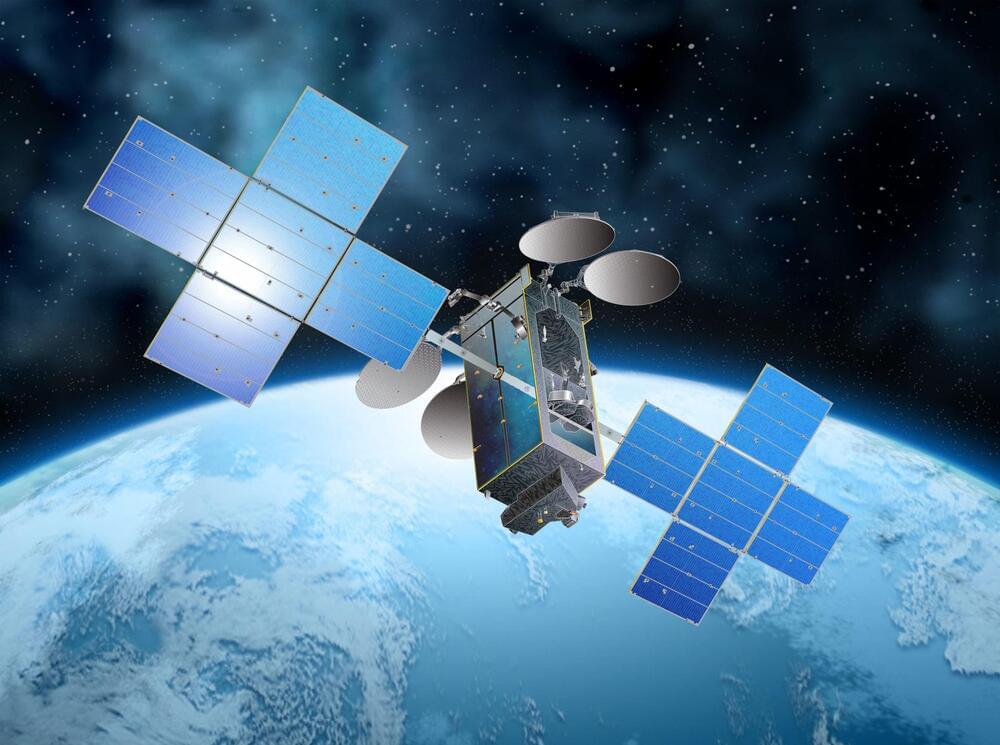
Get the latest international news and world events from around the world.



Scientists prove diseased blood vessels communicate with the brain
An international team which includes University of Manchester scientists has for the first time demonstrated that nerve signals are exchanged between clogged up arteries and the brain.
The discovery of the previously unknown electrical circuit is a breakthrough in our understanding of atherosclerosis, a potentially deadly disease where plaques form on the innermost layer of arteries.
The study of mice found that new nerve bundles are formed on the outer layer of where the artery is diseased, so the brain can detect where the damage is and communicate with it.


How Soul Machines is making new-gen avatars life-like
In the not-too-distant future, many of us may routinely use 3D headsets to interact in the metaverse with virtual iterations of companies, friends, and life-like company assistants. These may include Lily from AT&T, Flo from Progressive, Jake from State Farm, and the Swami from CarShield. We’ll also be interacting with new friends like Nestlé‘s Cookie Coach, Ruth, the World Health Organization’s Digital Health worker Florence, and many others.
Creating digital characters for virtual reality apps and in ecommerce is a fast-rising new segment of IT. San Francisco-based Soul Machines, a company that is rooted in both the animation and artificial intelligence (AI) sectors, is jumping at the opportunity to create animated digital avatars to bolster interactions in the metaverse. Customers are much more likely to buy something when a familiar face — digital or human — is involved.
Investors, understandably, are hot on the idea. This week, the 6-year-old company revealed an infusion of series B financing ($70 million) led by new investor SoftBank Vision Fund 2, bringing the company’s total funding to $135 million to date.

A new law unchains fusion energy
Physicists at EPFL, within a large European collaboration, have revised one of the fundamental laws that has been foundational to plasma and fusion research for over three decades, even governing the design of megaprojects like ITER. The update shows that we can actually safely use more hydrogen fuel in fusion reactors, and therefore obtain more energy than previously thought.
Fusion is one of the most promising sources of future energy. It involves two atomic nuclei combining into one, thereby releasing enormous amounts of energy. In fact, we experience fusion every day: the sun’s warmth comes from hydrogen nuclei fusing into heavier helium atoms.
There is currently an international fusion research megaproject called ITER, which aims to replicate the fusion processes of the sun to create energy on the Earth. Its aim is the creation of high temperature plasma that provides the right environment for fusion to occur, producing energy.


EchoStar says Jupiter-3 won’t be ready for 2022 launch
At 9.2 tons, it may be the largest spacecraft to ever launch to geostationary orbit.
SpaceX will launch the heaviest commercial geostationary satellite ever aboard a Falcon Heavy rocket early next year, following several delays.
Earlier this month, SpaceX customer EchoStar announced satellite builder Maxar Technologies had delayed the delivery of the much-anticipated Jupiter-3, which had been scheduled to launch near the end of the year.
The Stunning New ‘Air Yacht’ Is a Catamaran That Floats to the Skies
But it comes with an extra-long keel. Sailing through the seas is full of adventures, but you miss 29 percent of the world when you’re on a yacht.
The Air Yacht uses solar energy as an extra power source thanks to two solar-powered blimps instead of traditional parallel hulls.
